Question: What top secret, super-valuable resource has NASA hidden away in secret for all these years, until now? Aside from NASA mathematician Katherine Johnson,* as portrayed in the 2016 film about life at NASA: Hidden Figures.
Answer: Comics and Coloring Books
Yes. Comics and Coloring Books. Free from NASA.
Links are below.
*Get the official story on NASA mathematician Katherine Johnson here.
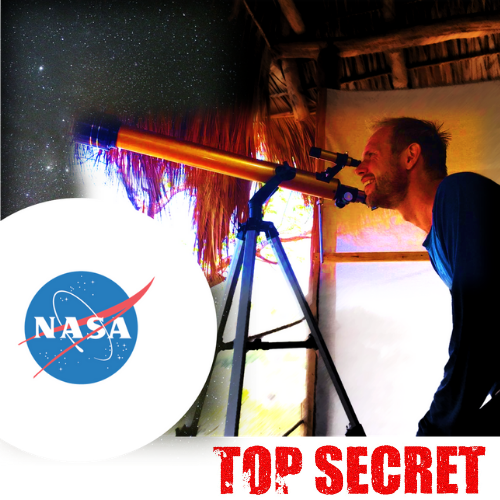
A series of graphic novels produced by NASA. Some favorite issues are listed below.
Aside from full color pdf comics, there are citations, references, and further resources at the end. It’s a nice example as to how scientific information is documented.
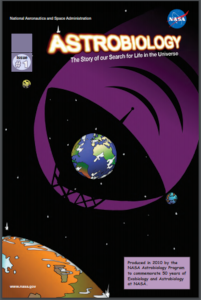
This 2010 publication honored 50 years of Exobiology and Astrobiology research at NASA. 20 pages.
“This is the story of life in the Universe—or at least the story as we know it so far. As scientists, we strive to understand the environment in which we live and how life relates to this environment. As astrobiologists, we study an environment that includes not just the Earth, but the entire Universe in which we live.”
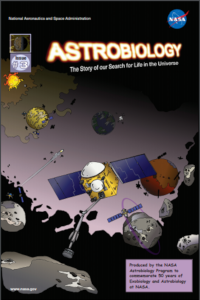
An animated history of space exploration to planets such as Mars, in the search for intelligent life. Plus real photos of space rocks. 32 pages.

Explore exactly what conditions provide for life here on Earth. 32 pages.
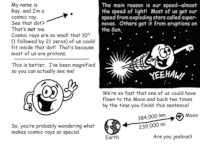
It’s a single page printout that folds into a 9-page, black and white comic book about cosmic rays.
The file is here. Keep in mind it looks partly upside down because you need to print and fold the printout. There is one page to print, and a second page of folding instructions. It’s a cool idea for younger learners, although the science lesson is recommended for grades 9-12.

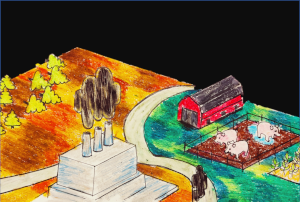
A 3D, black-lined diagram to color. Shows the flow of carbon dioxide between the land, the atmosphere, and the ocean. 2 pages.
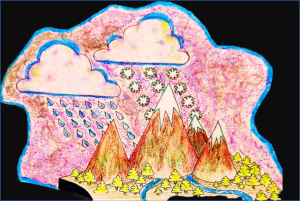
A 3D, black-lined diagram to color. The cycle never ends. The same old water keeps circulating from clouds to the land, to the ocean and back to the clouds. 2 pages.
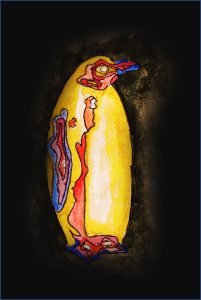
Word games, mazes, connect-the-dots, coloring pages, and more. From NASA’s Chandra X-ray Observatory and Universe Awareness. 12 pages.

For ages 5-10. Big, full page black-line images to color. Learn about Transit Science and Transiting Exoplanet Survey Satellite (TESS). 28 pages.
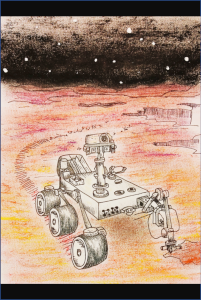
Space facts and data, coloring activities, word games. Cool high quality photograph of a large canyon on Mars. 10 pages.
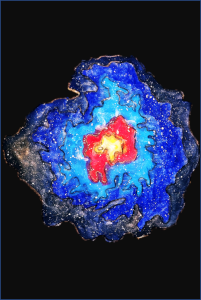
The Chandra X-ray Observatory is one of NASA’s Great Observatories, along with the Hubble Space Telescope. It launched in 1999 aboard the Space Shuttle Columbia. There are coloring pages, word games, and fun facts. Plus deep-space, full color images from the observatory including exploding stars and matter swirling into black holes. 16 pages.
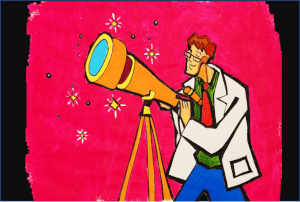
The James Webb Telescope is the future of NASA. The Fun Pad is designed for ages 5-10. There is info up front, activities for younger learners in the middle, and more advanced activities at the end. 52 pages!

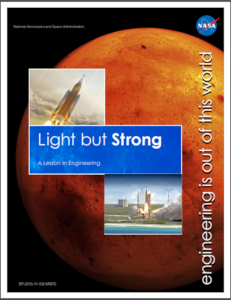
Your challenge: build a mobile launcher platform to hold as much weight as possible. Fill in the blanks, draw your launcher, gather materials, and build it. This lesson is based on the Next Generation Science Standards, which integrate engineering design into K-12 education. 10 pages (last one is blank, though).

An introduction to algebra and geometry. For elementary school aged learners. Apparently Mt Everest, the tallest mountain on earth, is rather small compared to the Olympus Mons volcano found on Mars. 11 pages.
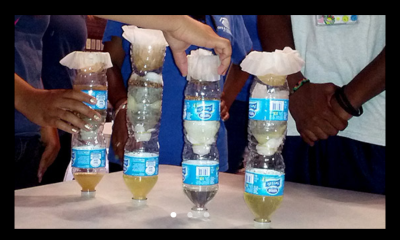
Hands on engineering projects for K-12 learners. Check out the Water Filtration Challenge suggested for grades 5-12 to build a water filter from household materials. Literally from the rocket scientists at NASA’s Jet Propulsion Laboratory (JPL).